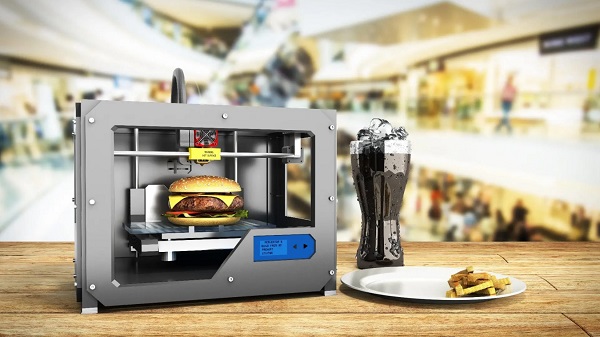
Future of Food Printing: Innovations and Implications
Food printing, a groundbreaking technology, is reshaping the culinary world by turning digital designs into edible creations. This innovative approach, emerging from the intersection of technology and gastronomy, involves the use of 3D printing techniques to fabricate food. Originating as a concept to tackle complex food designs, it has evolved into a potential solution for various culinary challenges. Here, we delve into the mechanics of food printing, its origins, and where it’s being utilized in today’s culinary landscape.
Potential and Prospects of Food Printing Technology
The potential of food printing technology is immense, ranging from customized nutrition to sustainable food production. It offers a unique way to address dietary needs and preferences, enabling the creation of tailored meals with specific ingredients and nutrients. This technology is also being explored for its capacity to reduce food waste, as it uses only the necessary amount of ingredients.
In the realm of gastronomy, food printing is pushing the boundaries of creativity, allowing chefs to explore complex and intricate designs that were previously impossible to achieve. Additionally, the technology holds promise in addressing food sustainability, with research focusing on alternative and environmentally friendly food sources like plant-based proteins and insects.
Moreover, food printing technology has the potential to revolutionize the mass production of food, offering a solution to global food scarcity challenges. It could enable the efficient production of nutritious and accessible food in regions facing food insecurity.
Benefits and Implementation in Modern Times
The benefits of food printing are multifaceted. For individuals with specific dietary requirements, such as those with allergies or chronic health conditions, food printing offers a way to create safe, customized meals. It also provides opportunities for personalization in the food industry, catering to consumers seeking unique and customized eating experiences.
In terms of implementation, food printing is gradually being adopted in high-end restaurants for creating intricate dishes, as well as in the healthcare sector for preparing patient-specific diets. Its application is also being explored in space travel, where it can be used to produce a variety of fresh foods in an environment with limited resources.

Challenges and Environmental Considerations
Despite its benefits, food printing faces several challenges. One of the main concerns is the health impact of consuming printed food, especially when it involves synthetic ingredients or materials. The long-term health effects are yet to be thoroughly understood, necessitating cautious advancement in this area.
From an environmental perspective, while food printing has the potential to reduce waste, the energy consumption and carbon footprint associated with the technology are areas of concern. The materials used for printing, such as cartridges and edible inks, also raise questions about sustainability and environmental impact.
Moreover, there are ethical considerations regarding the use of this technology in food production, particularly when it comes to synthetic or lab-grown foods, which might face resistance from consumers and regulatory bodies.
Conclusion: The Future of Food Printing
In conclusion, food printing technology stands at the forefront of culinary innovation, offering exciting possibilities for personalized nutrition, creative gastronomy, and sustainable food solutions. While it presents certain challenges and ethical considerations, its potential benefits make it a noteworthy development in the food industry. Whether it becomes a temporary trend or a key component in addressing global food challenges, food printing technology undoubtedly warrants attention for its unique approach to food creation and consumption.
